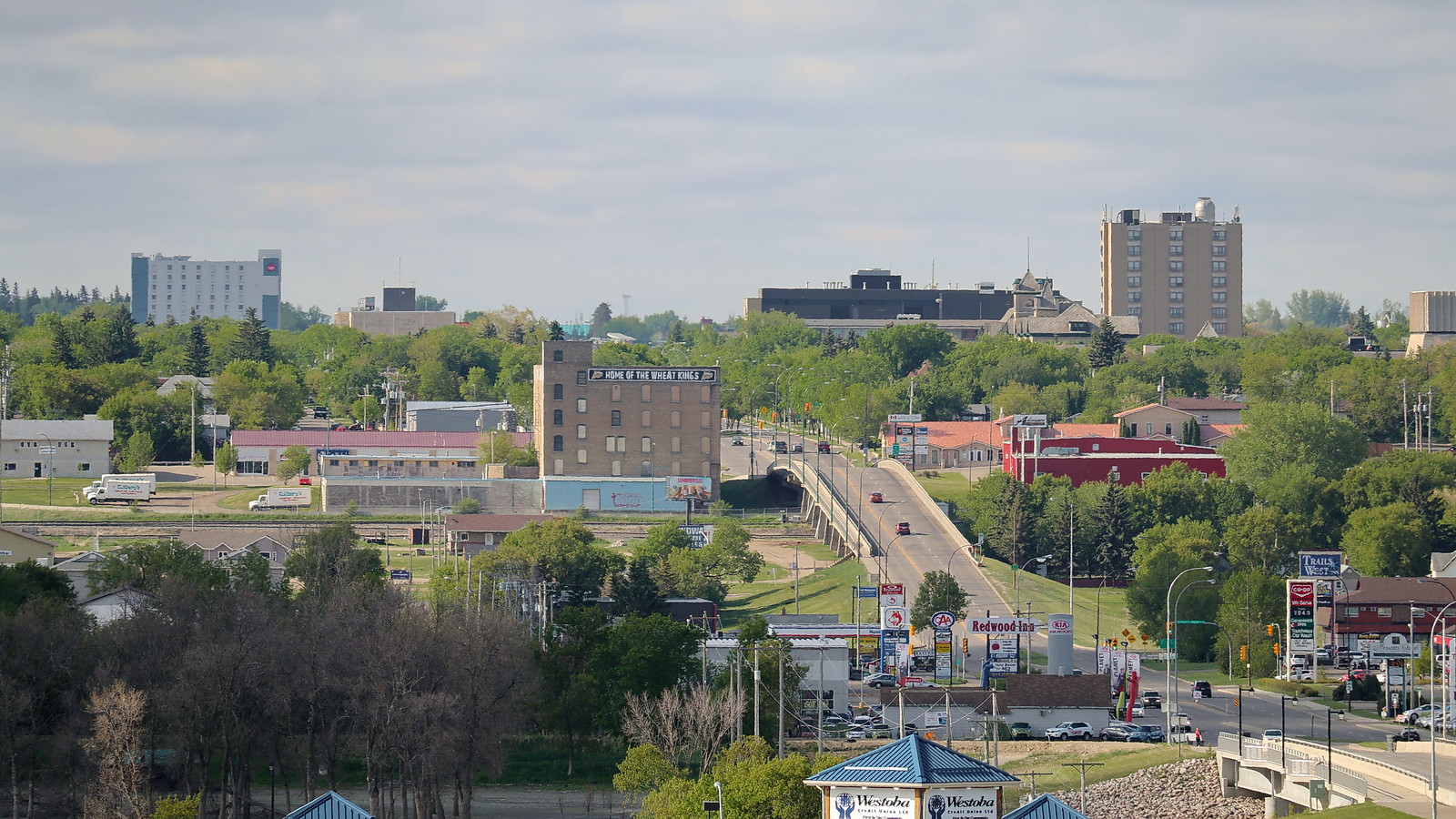Brandon: The Prairie City That Grew With the Rails and Blossomed With the Land
In 1881, a single decision changed the fate of a region forever. Thomas L. Rosser, an engineer with the Canadian Pacific Railway, rerouted the tracks across the Assiniboine River and settled on a high stretch of sandy ground, leaving behind the flood-prone Grand Valley. Just one year later, in 1882, the small settlement leapfrogged directly to city status—skipping the usual steps of village or town. Brandon was born with the sound of steam whistles and steel rails, and it hasn’t stopped growing since.
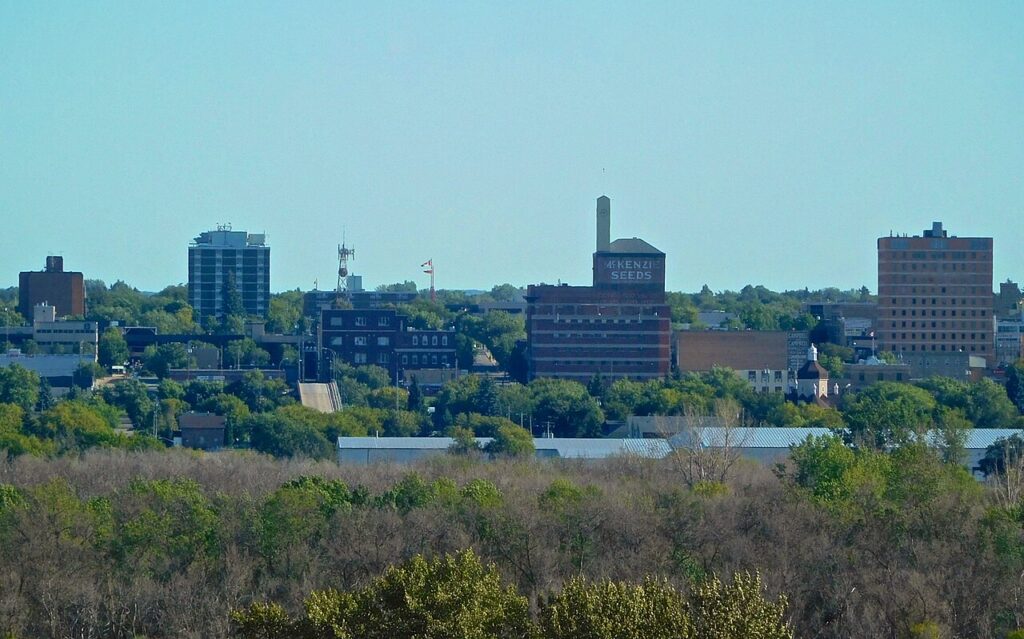
From Wheat to Workforce: The City That Feeds a Province
Strategically located between Winnipeg and the vast western plains, Brandon became a hub for agriculture, trade, and transport. By the late 1800s, it already had an agricultural research station, a nursing college, and what would become Brandon University. The city’s economy, still deeply tied to the land, thrived on grain, beef, and fertilizer. But Brandon didn’t just grow crops—it cultivated people, education, and ideas.
The Fair That Became Royal
Since 1882, Brandon has proudly celebrated its agricultural roots through its famous provincial fairs. First came the Summer Fair, then the Winter Fair in 1908. In 1970, it earned the title Royal from Queen Elizabeth II. Today, the Royal Manitoba Winter Fair is one of the largest events of its kind in Canada. Held at the Keystone Centre, it brings together horses, farmers, musicians, and families under one very prairie roof.
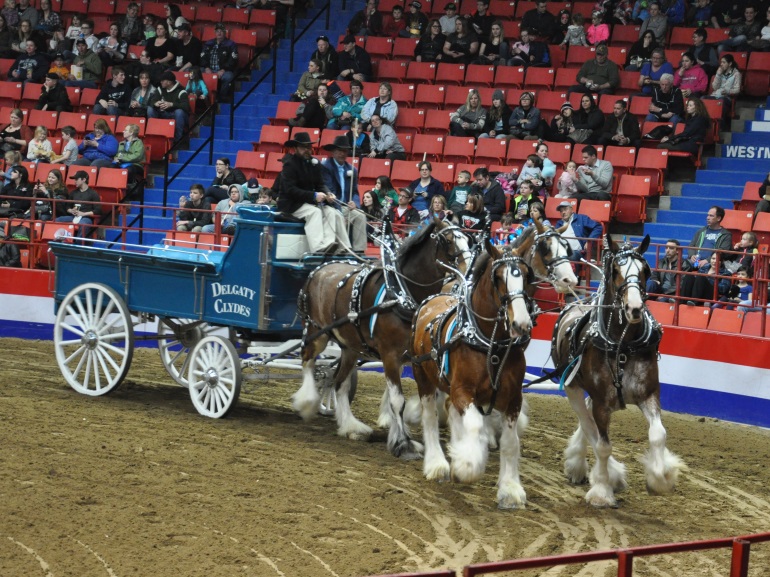
Brick by Brick: A City That Remembers
Walking through downtown Brandon feels like flipping through the pages of a living history book. Historic brick homes, rail-side warehouses, and timeless hotels whisper stories of pioneers, merchants, and railway workers. Buildings like the Daly House Museum and the stately Brandon Court House remind us that this is a city that respects its past while planning its future.
Culture and Creativity in the Heart of the Prairies
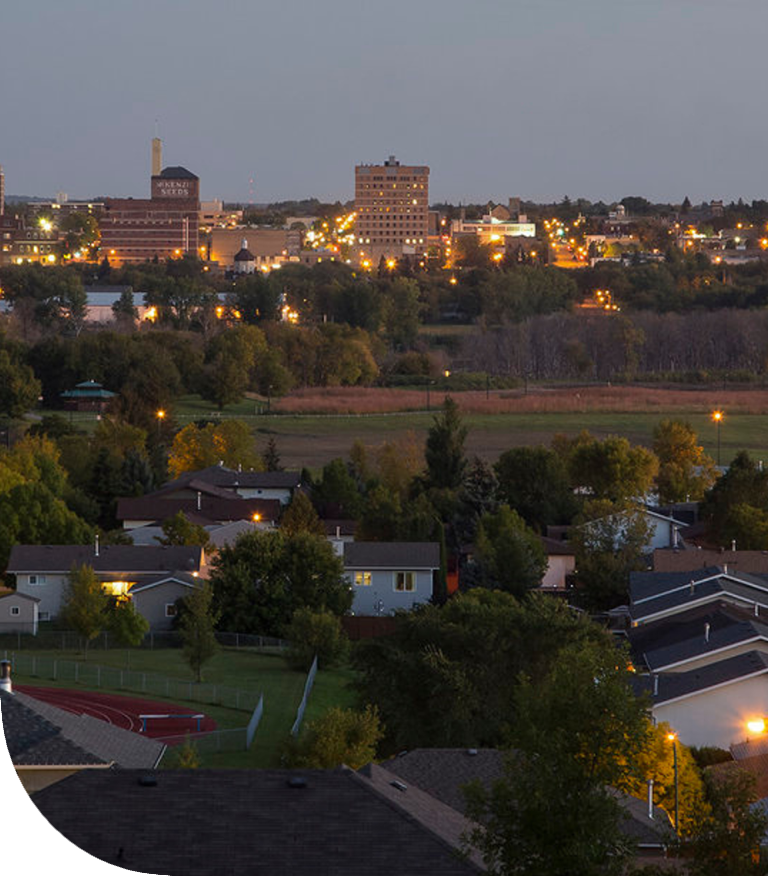
Brandon is far more than fields and freight trains. It is a city of music, art, and celebration. Home to the Brandon Folk Festival (since 1985), a respected School of Music, and the Art Gallery of Southwestern Manitoba (founded in 1907), the city has become a cultural beacon in the Westman region. Art lives in its streets, its schools, and its citizens.
Many Voices, One Community
Long before settlers arrived, this land was home to Sioux, Cree, and other Indigenous peoples. Later came French traders, English farmers, and Eastern European immigrants. Today, Brandon is one of Manitoba’s most diverse cities, welcoming newcomers from around the world—including vibrant communities from China, Ukraine, the Philippines, and Ecuador.
Brandon Today: Past, Present, Prairie Future
With a population of around 58,000, Brandon is Manitoba’s second-largest city. It’s a place where modern life meets prairie tradition. Here, families enjoy a peaceful urban life, students pursue higher education, and businesses thrive in sectors ranging from agriculture to health care.
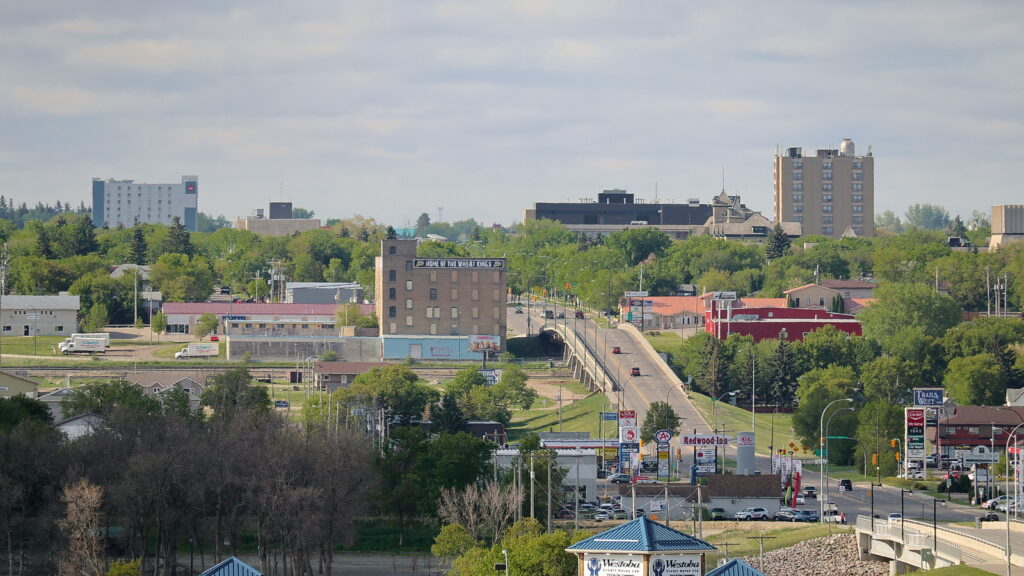
Why Brandon Matters
Because Brandon is more than a dot on the map. It is a living story of resilience, opportunity, and community spirit. Born of railroads, strengthened by farms, shaped by war, and elevated by culture, Brandon is a city that knows where it comes from—and where it’s going.
Want to share your own Brandon story?
We’d love to hear it. Email us with your name, a brief summary of your story, and your contact details. We’ll be happy to connect—and honored to help share your voice.

